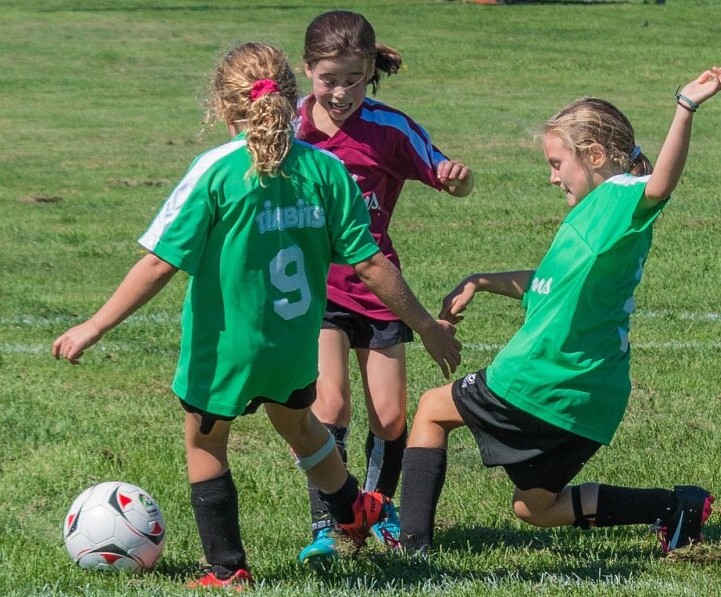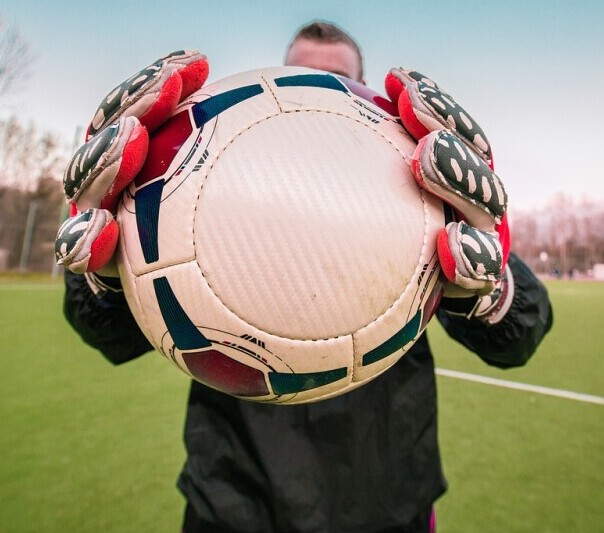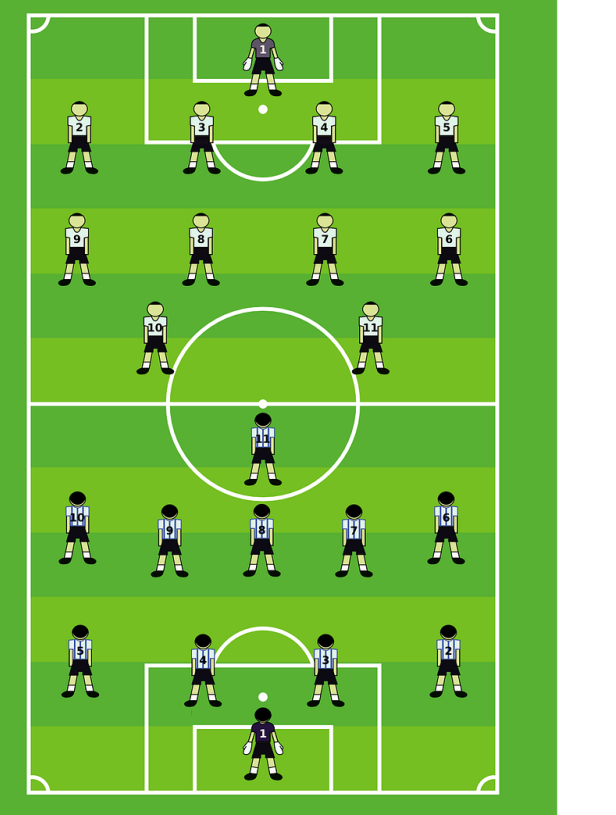
Soccer passing is kind of like the heartbeat of the game. It keeps everything moving and connects teammates, flows like a well-oiled machine, and can completely change the game’s tempo. Without decent passing skills, not even the most skilled dribbler can shine.
There are actually a bunch of different pass styles in soccer, each serving a unique purpose. Whether it’s a short, crisp pass to a nearby teammate or a long lob to change the point of attack, knowing when and how to use each type can really up your game. Think of passes like your toolset – picking the right one makes all the difference.
When people talk about passing accuracy, it’s not just about making a pass reach its destination. It’s a whole set of stats and metrics that can tell you a lot about a player’s skill and influence on the field. Players at the top constantly scout and improve these numbers to refine their gameplay.
Every good pass starts with a clear thought and intention. Before your foot even makes contact with the ball, there’s a mental process at play. Understanding what makes a pass successful often boils down to mastering this mental aspect. It’s about confidence and conviction, from deciding when to pass to executing it with precision.
Techniques for Enhancing Basic Passing Skills

Getting your passing game on point starts with the basics. Having the right stance is crucial. Balance is key, keep your feet shoulder-width apart to maintain control.
Foot placement can really make or break your pass. Align your non-kicking foot towards your target and use the inside of your foot for more accuracy. This might feel a bit awkward at first, but it helps big time.
Practicing keeps you sharp. Drills focused on control and precision work wonders. Try passing with a wall if you’re solo, or set up cones and aim between them. Consistency leads to improvement.
Passing isn’t just about where the ball goes, but also the connection on the field. Making eye contact with your teammate ensures you’re both on the same page. A little communication goes a long way.
Advanced Strategies for Passing Accuracy

Boosting your passing game means learning to break through defenses. Strategic passing is about finding gaps and exploiting them before the opposition even knows what’s happening. Keep an eye on opposition player movements to predict the best moments to make your move.
Mastering weighted passes can be a real game-changer. It’s all about applying the right amount of power to your pass, making it challenging enough to intercept but easy for your teammate to control. Practice adjusting your pass force based on distance and situation.
Deception isn’t just for magicians; it has a place in soccer too. Disguising passes can catch opponents off guard, creating opportunities where none seemed to exist. Look to one side while passing to another or use subtle body feints to trick defenders.
Vision in soccer is more than just looking up. It involves reading the entire field, anticipating player movement, and making quick decisions. Great passers often seem to have eyes in the back of their heads, knowing where teammates will be without having to look twice.
Training and Tools to Enhance Passing Skills
Incorporating technology into your training can really elevate your game. Smart balls and apps provide instant feedback on your passing technique, helping you make those minor tweaks for major improvements.
Training is more effective in a team setting. Exercises designed for groups help in building collective passing accuracy and chemistry. It’s not just about individual skill but how well you gel within the team dynamics.
Personalized drills are fantastic for shoring up weak spots. Tailor routines to focus on aspects you want to improve, like longer passes or better control under pressure. The more you train to your needs, the better you’ll perform overall.
Pro insight is invaluable. Always be on the lookout for tips from top players and coaches. They’ve been through the grind and often share techniques that aren’t in the usual playbooks, offering a fresh perspective on refining skills.
